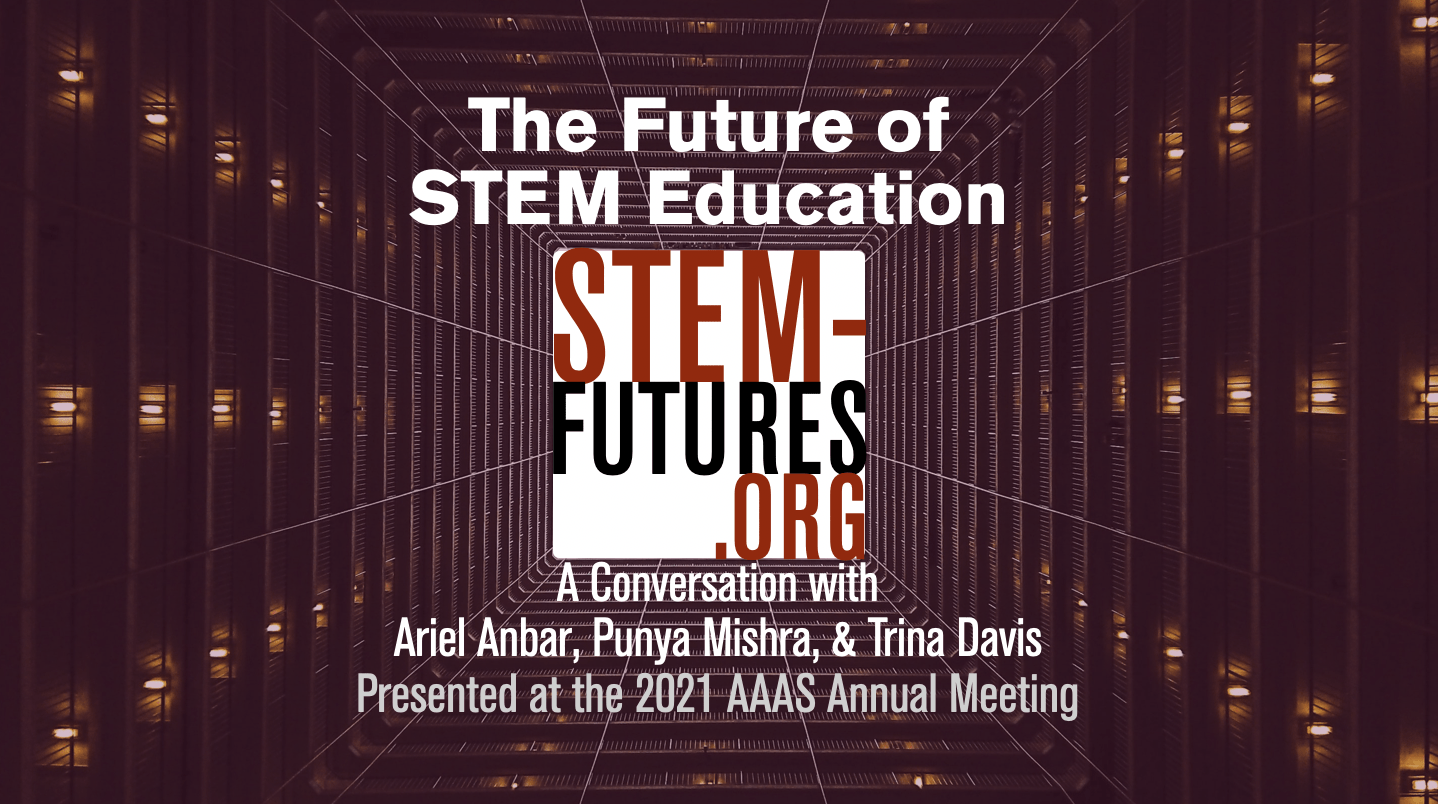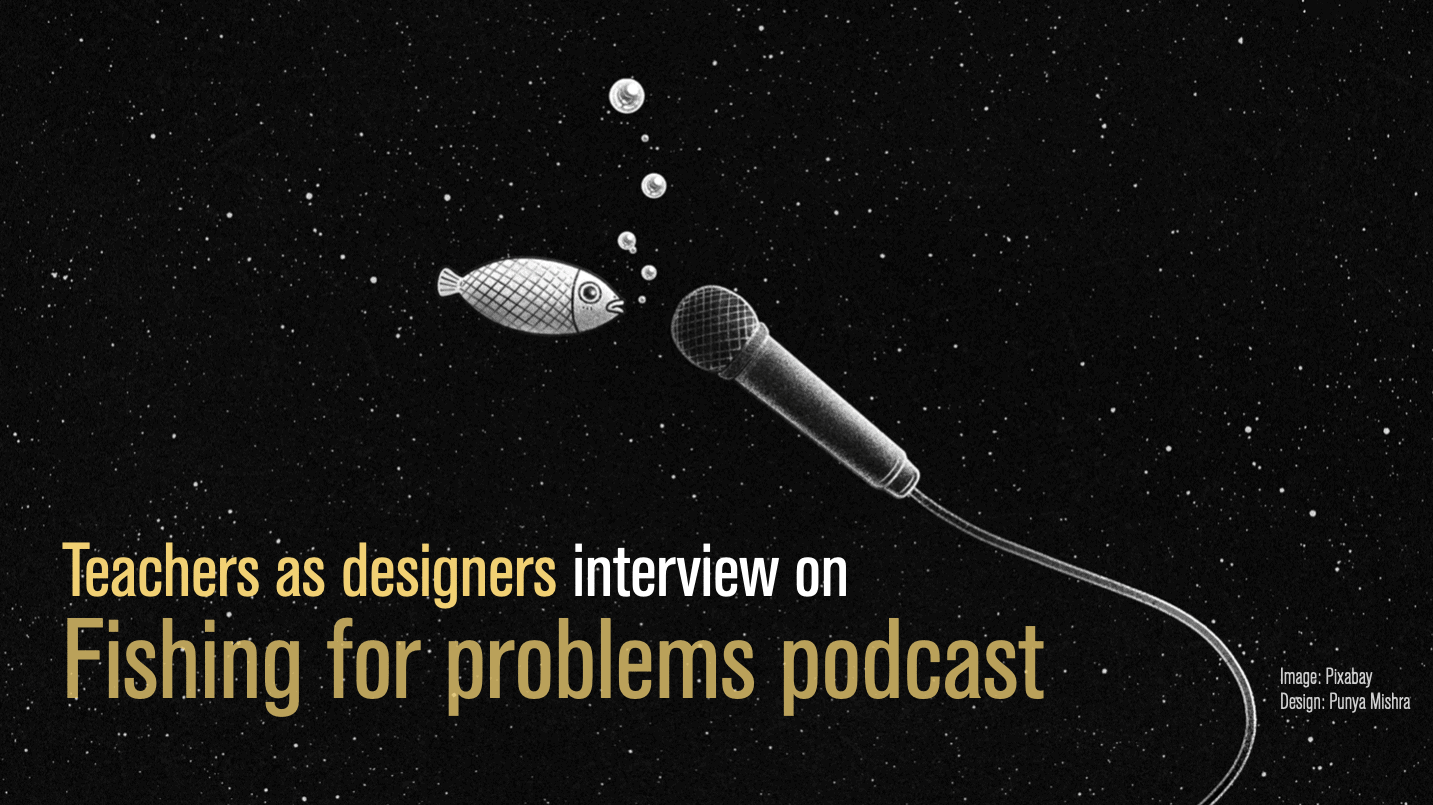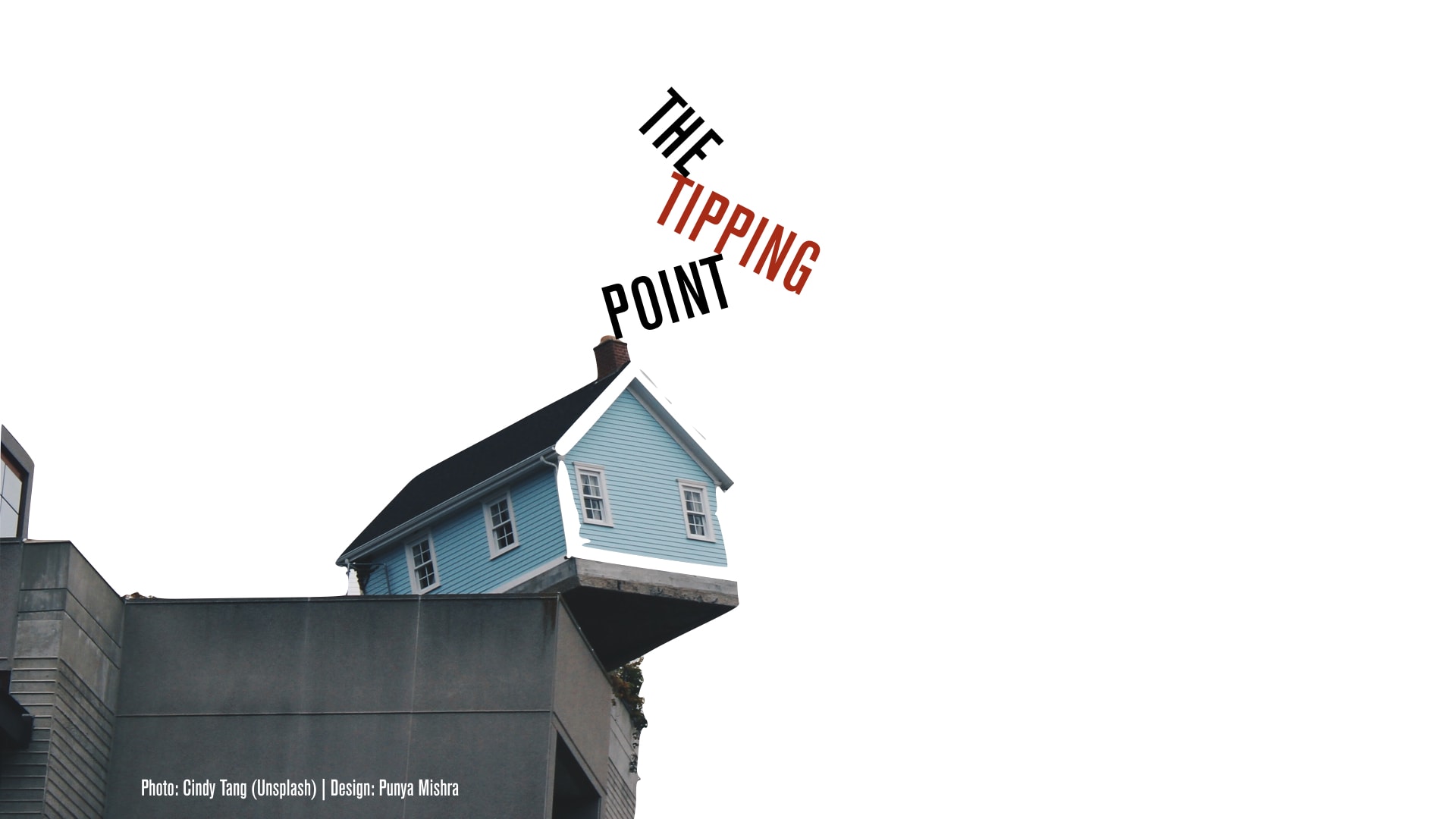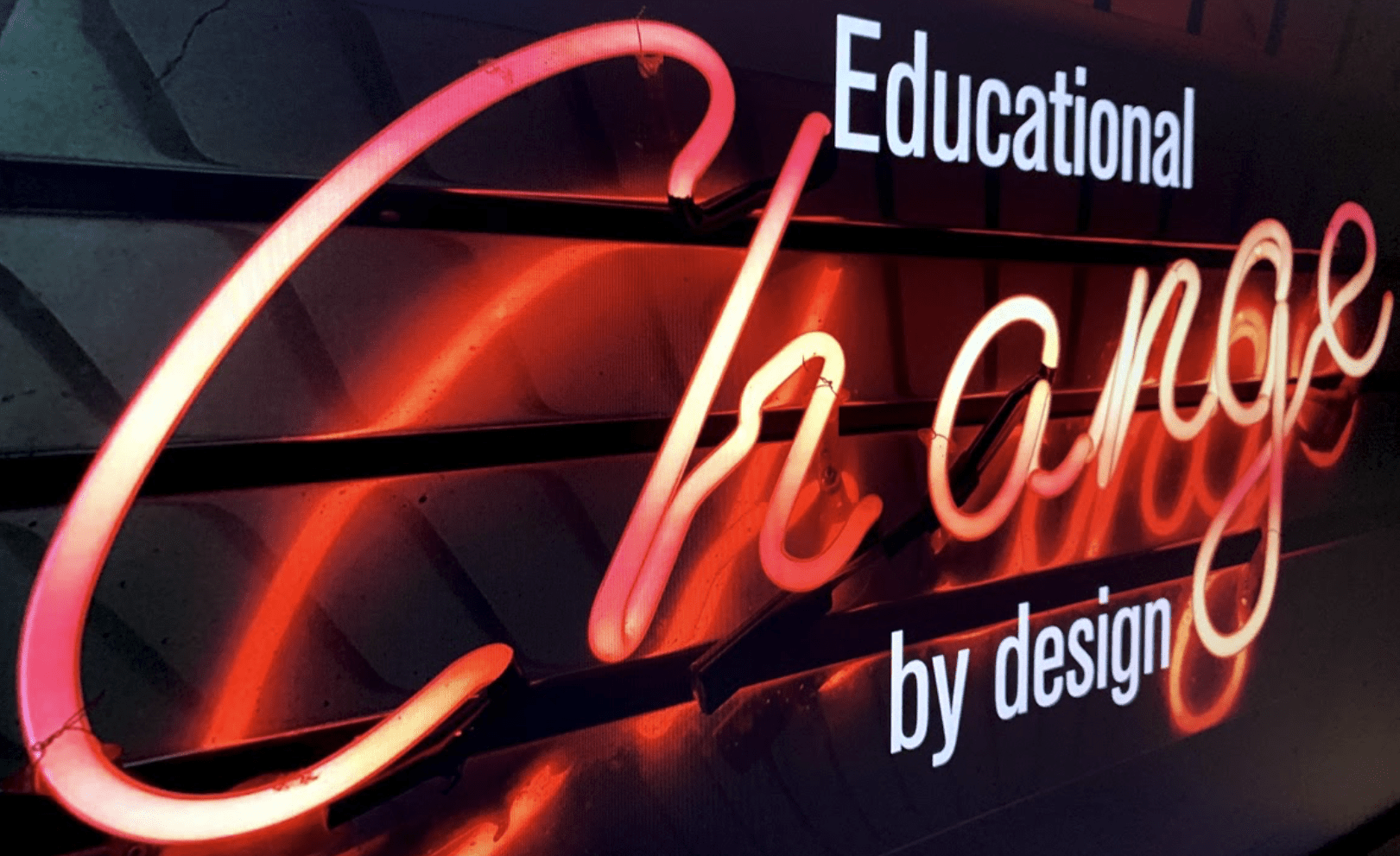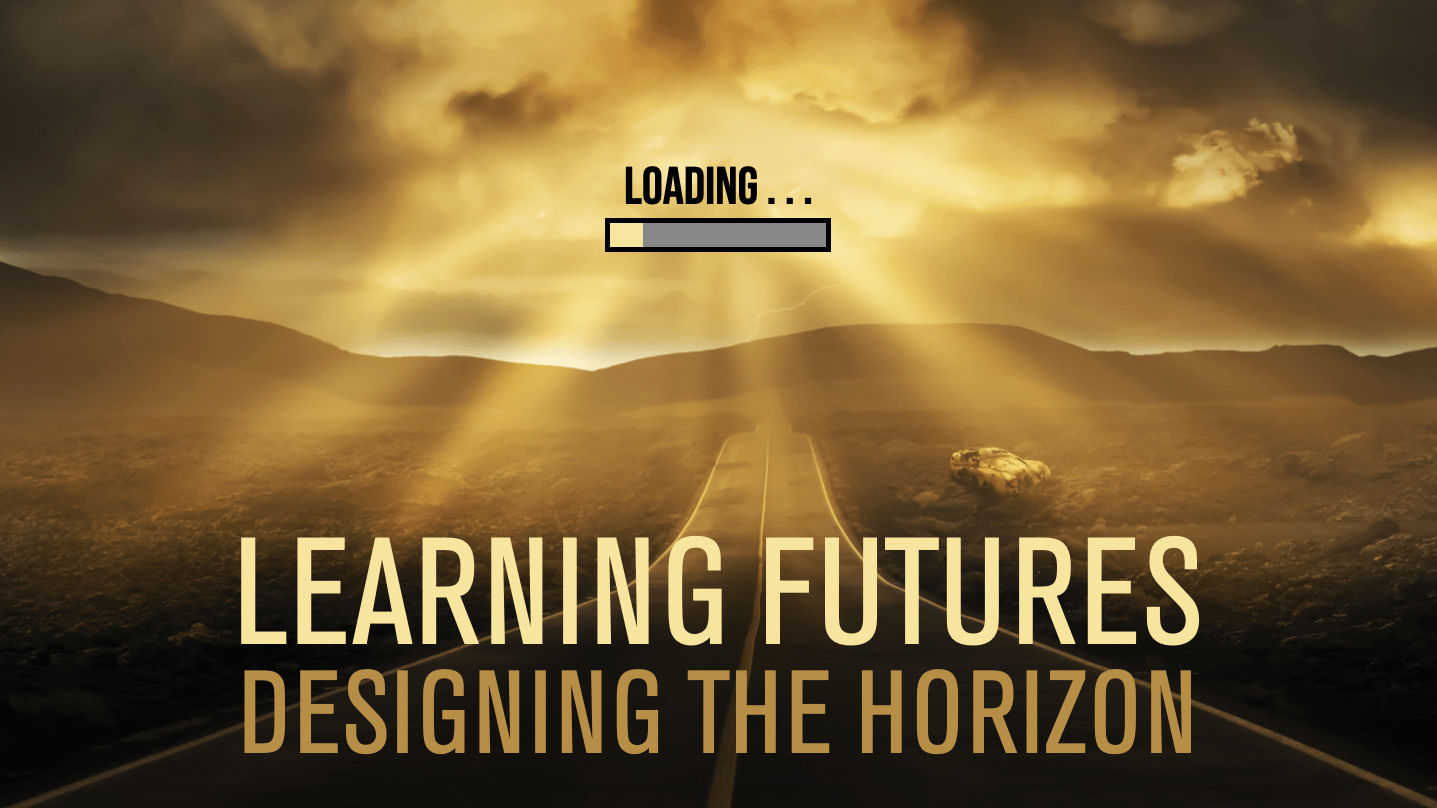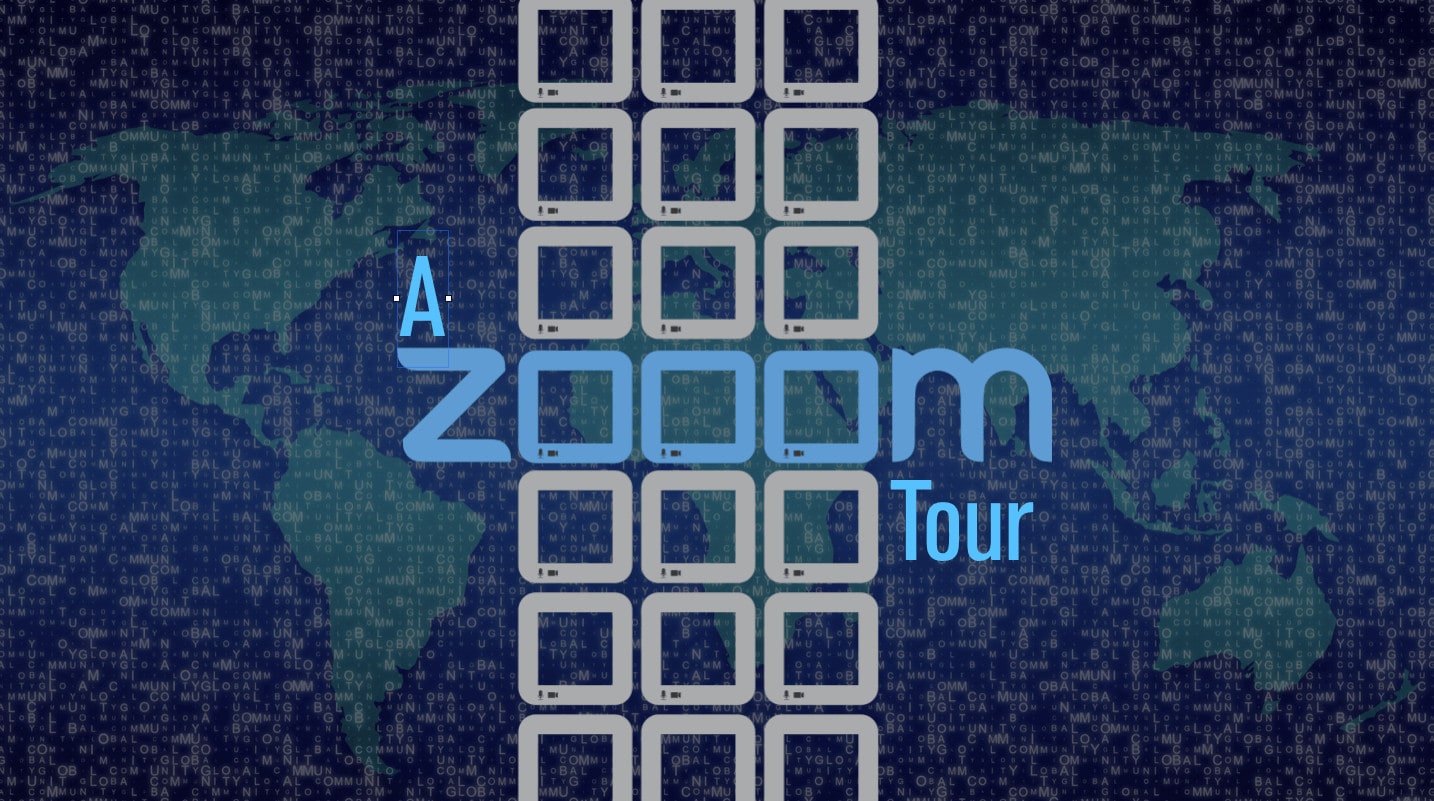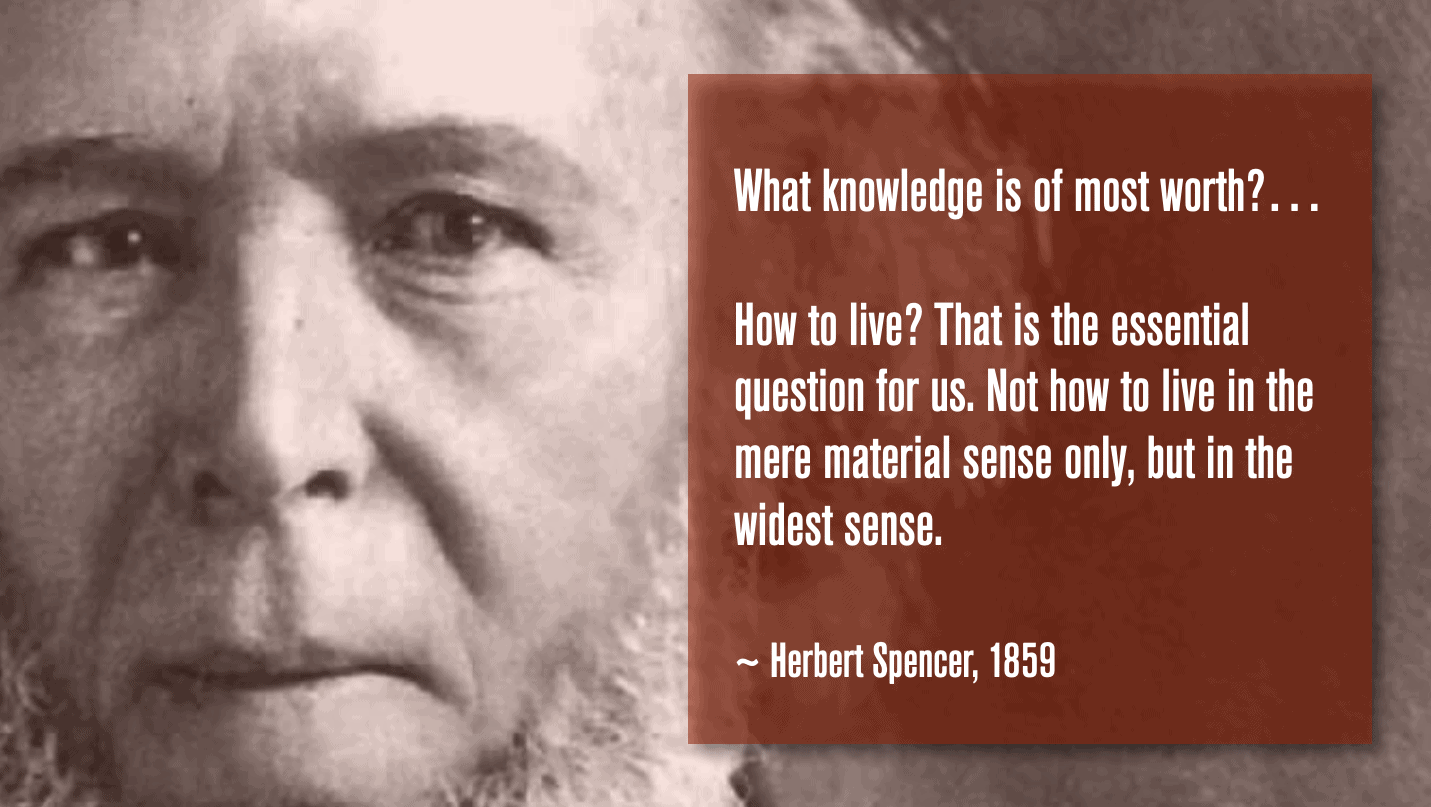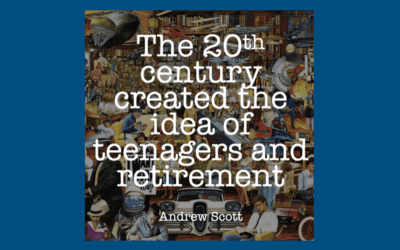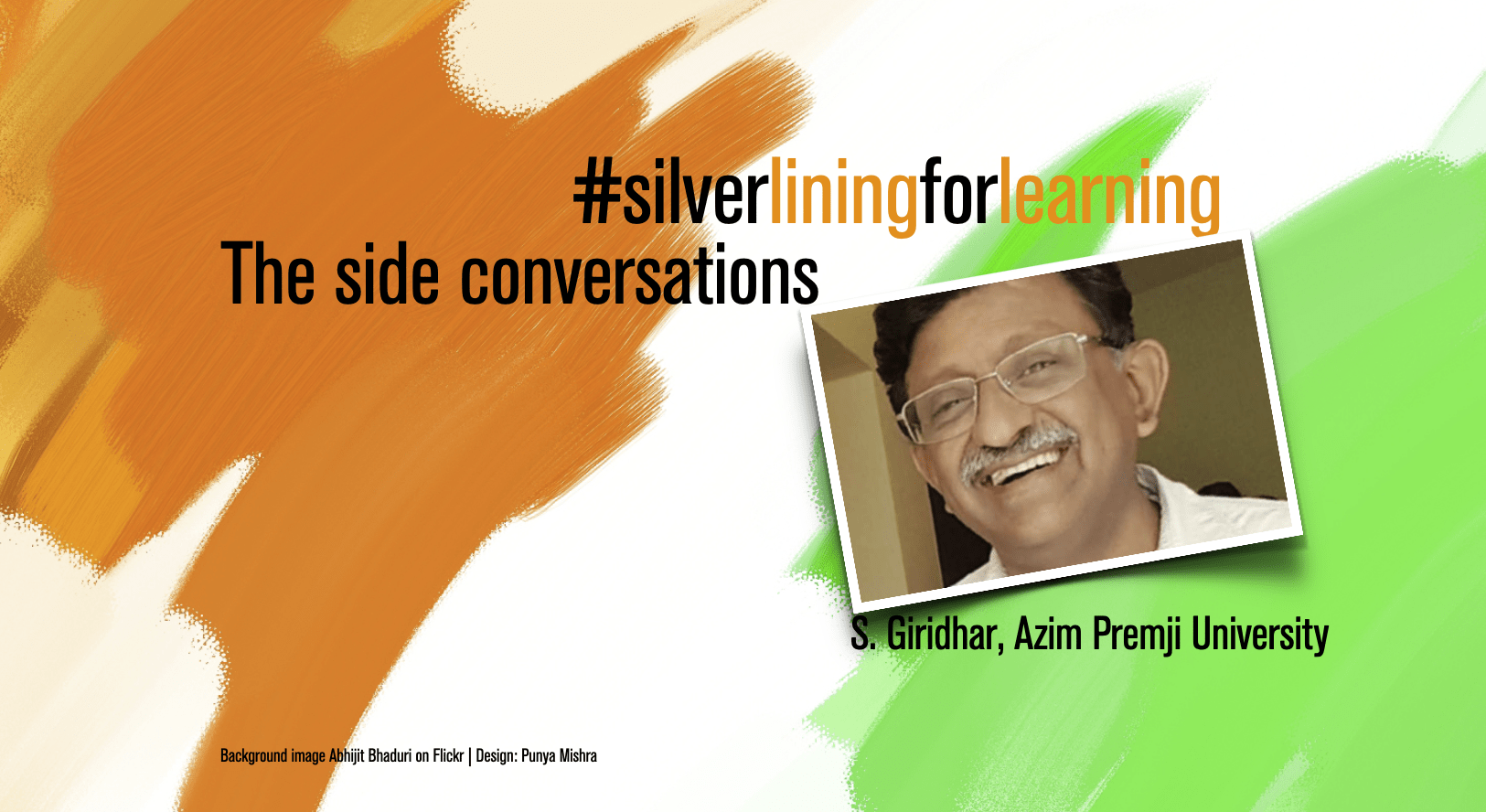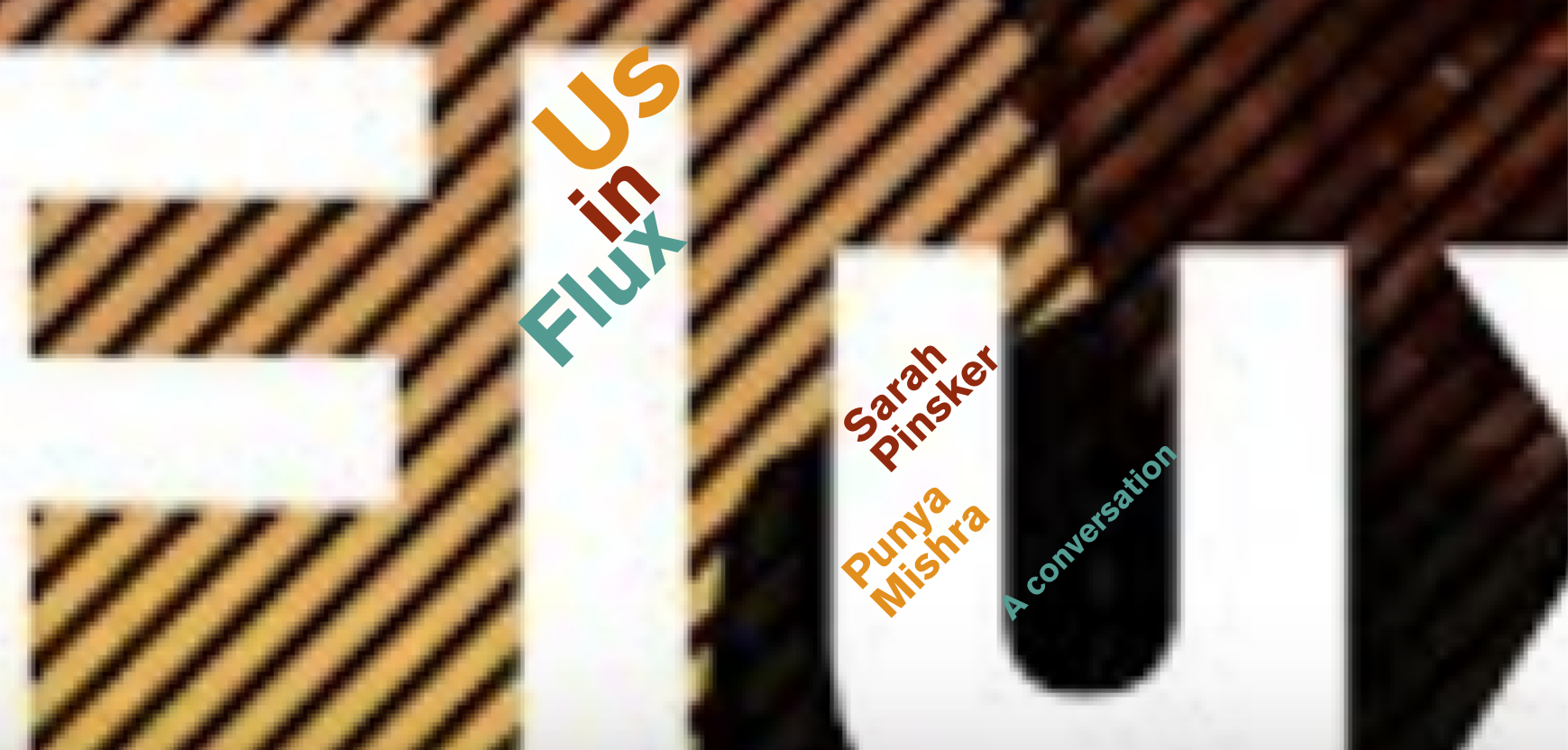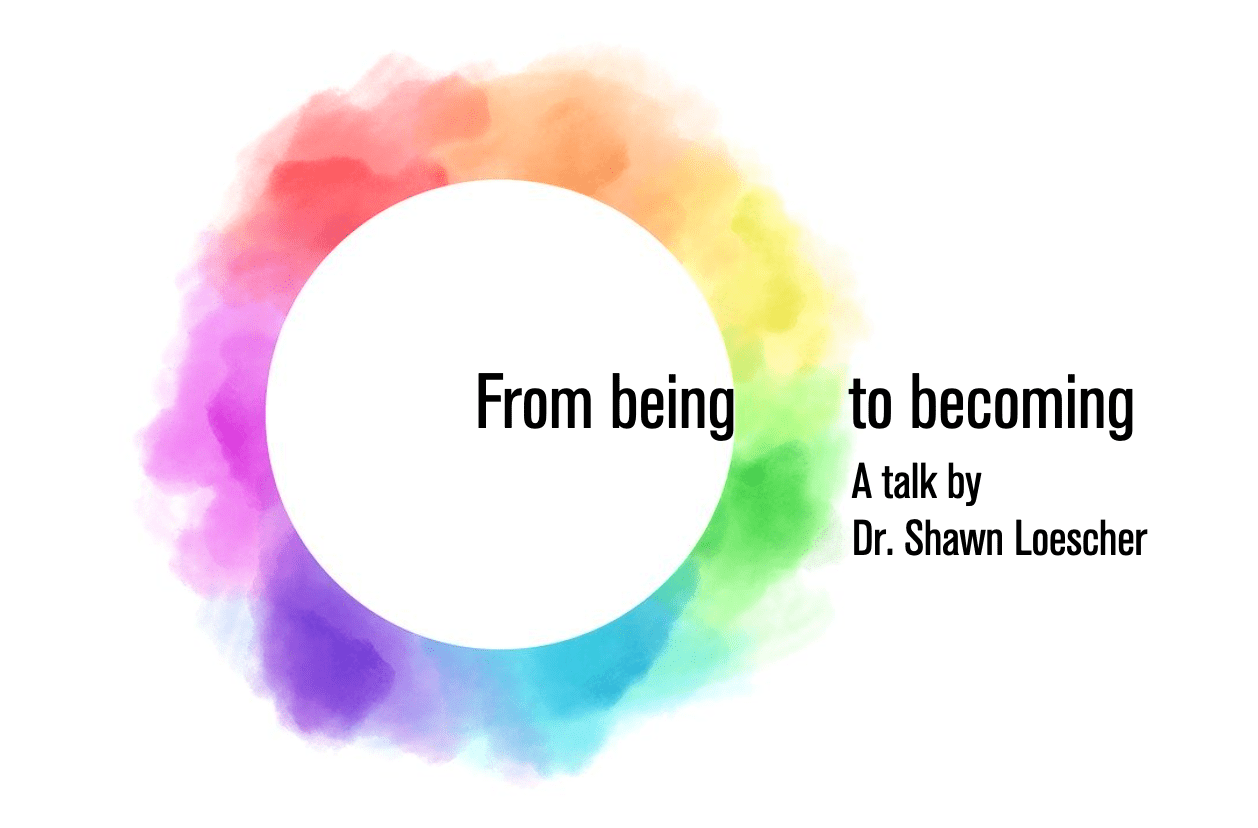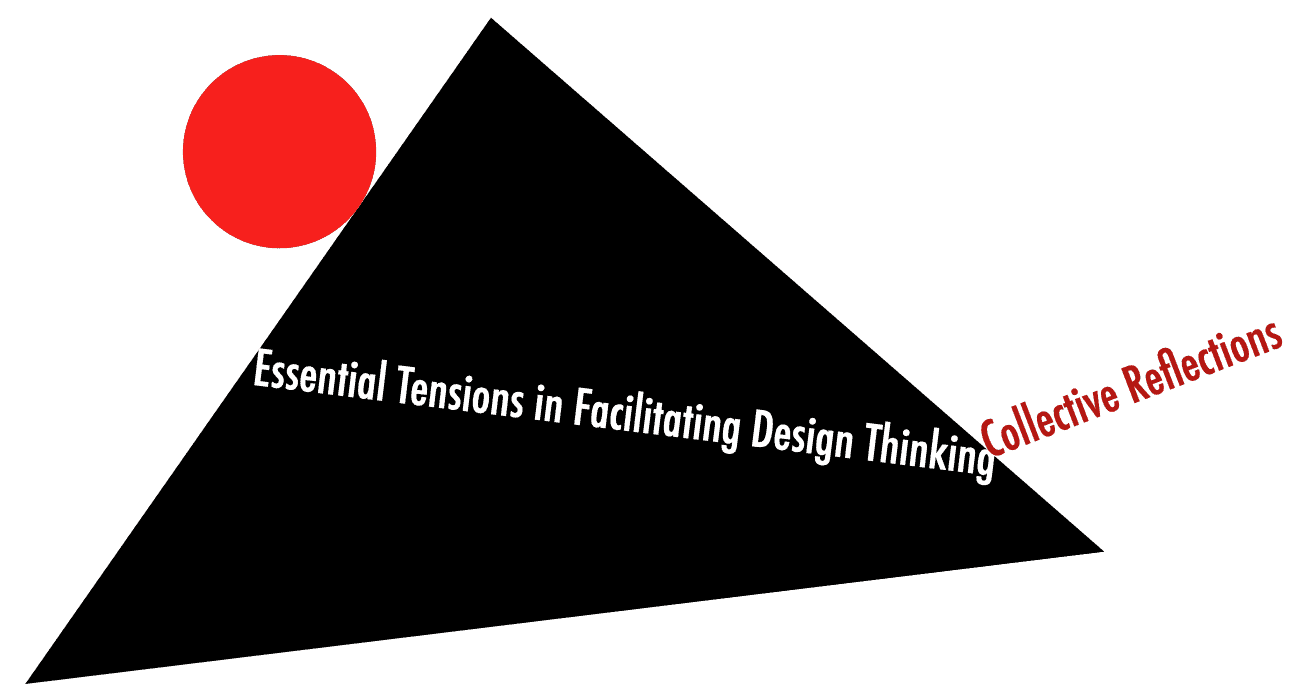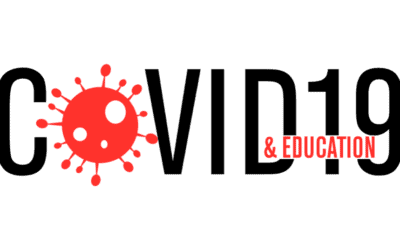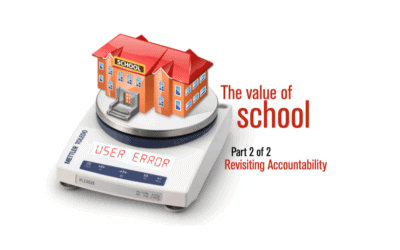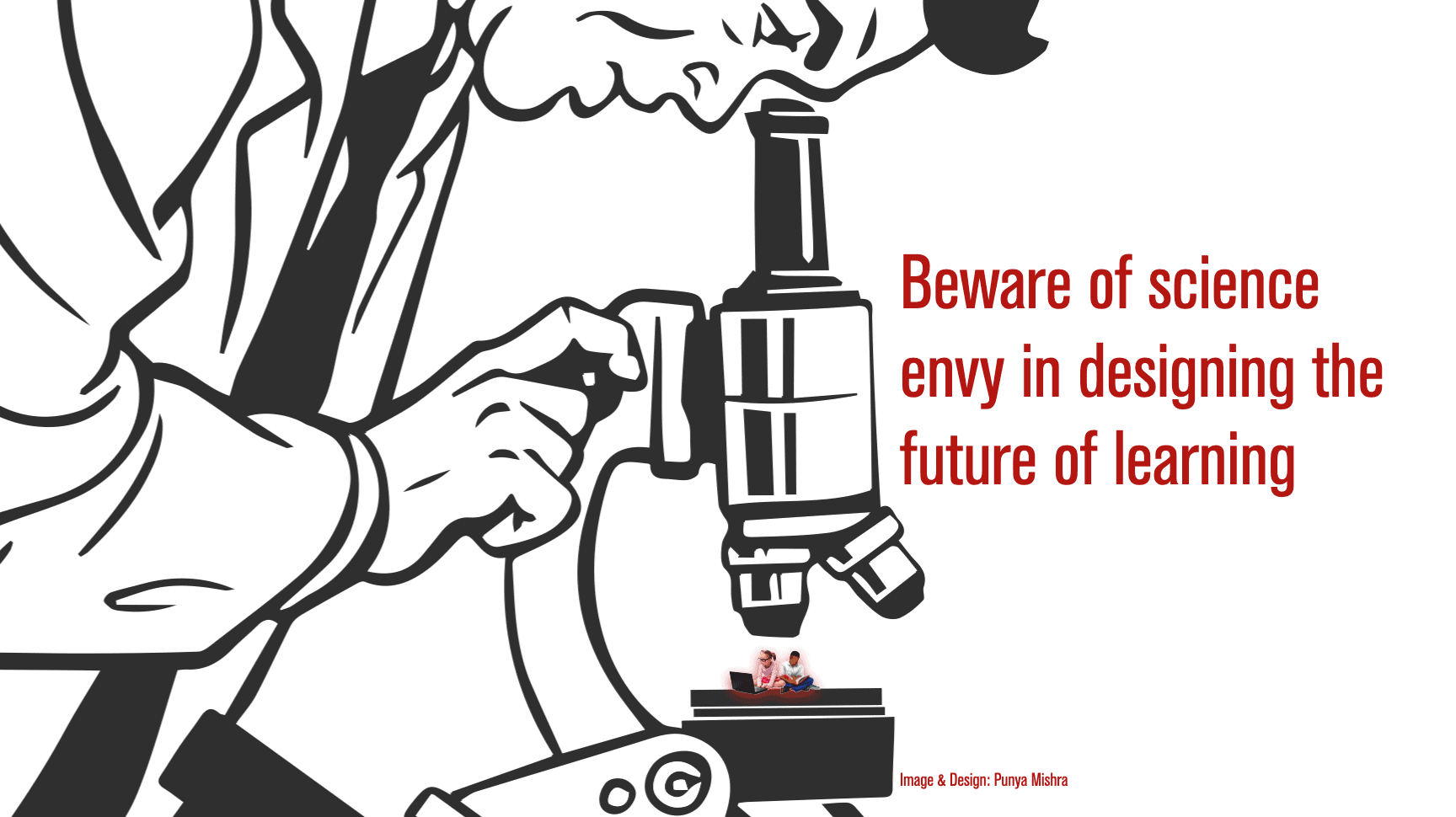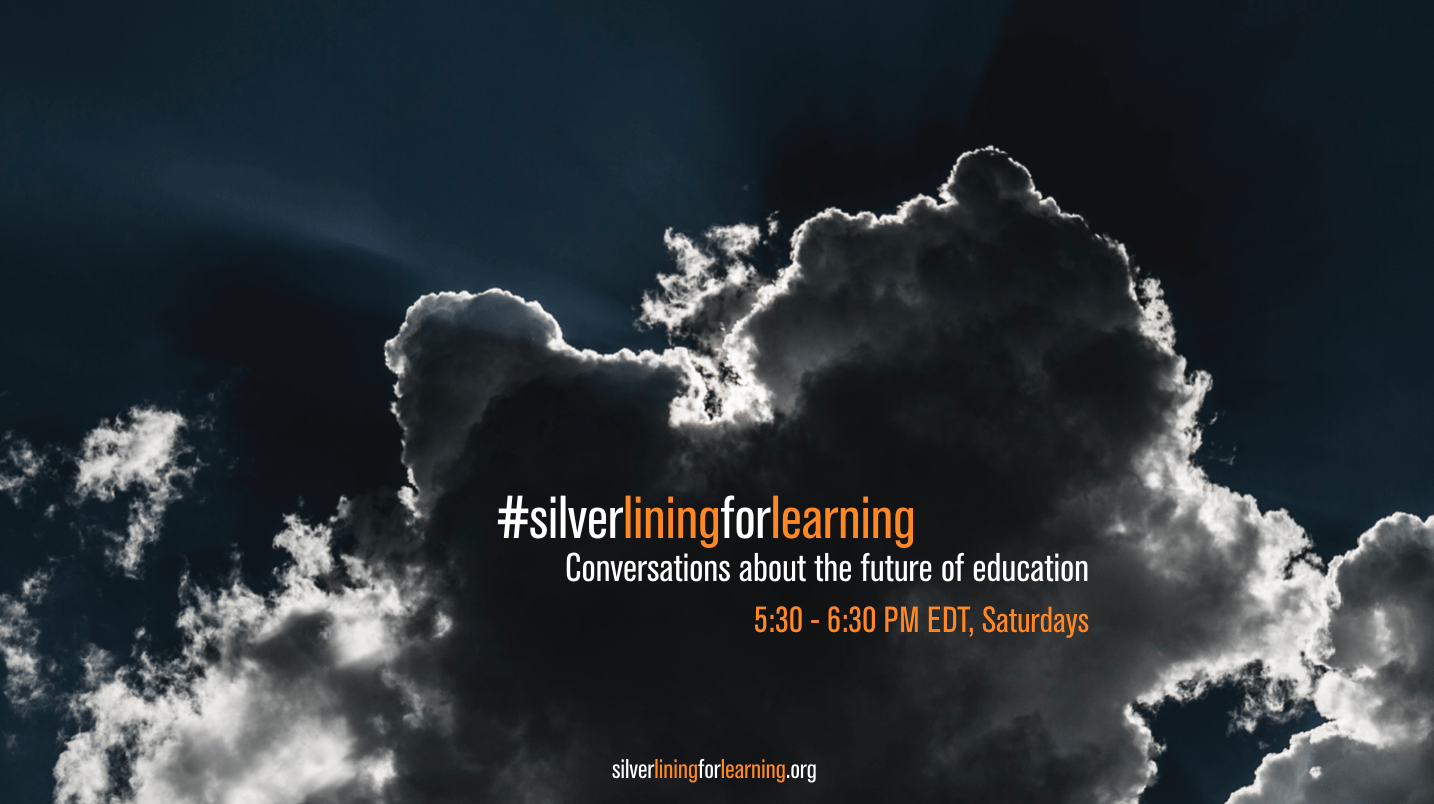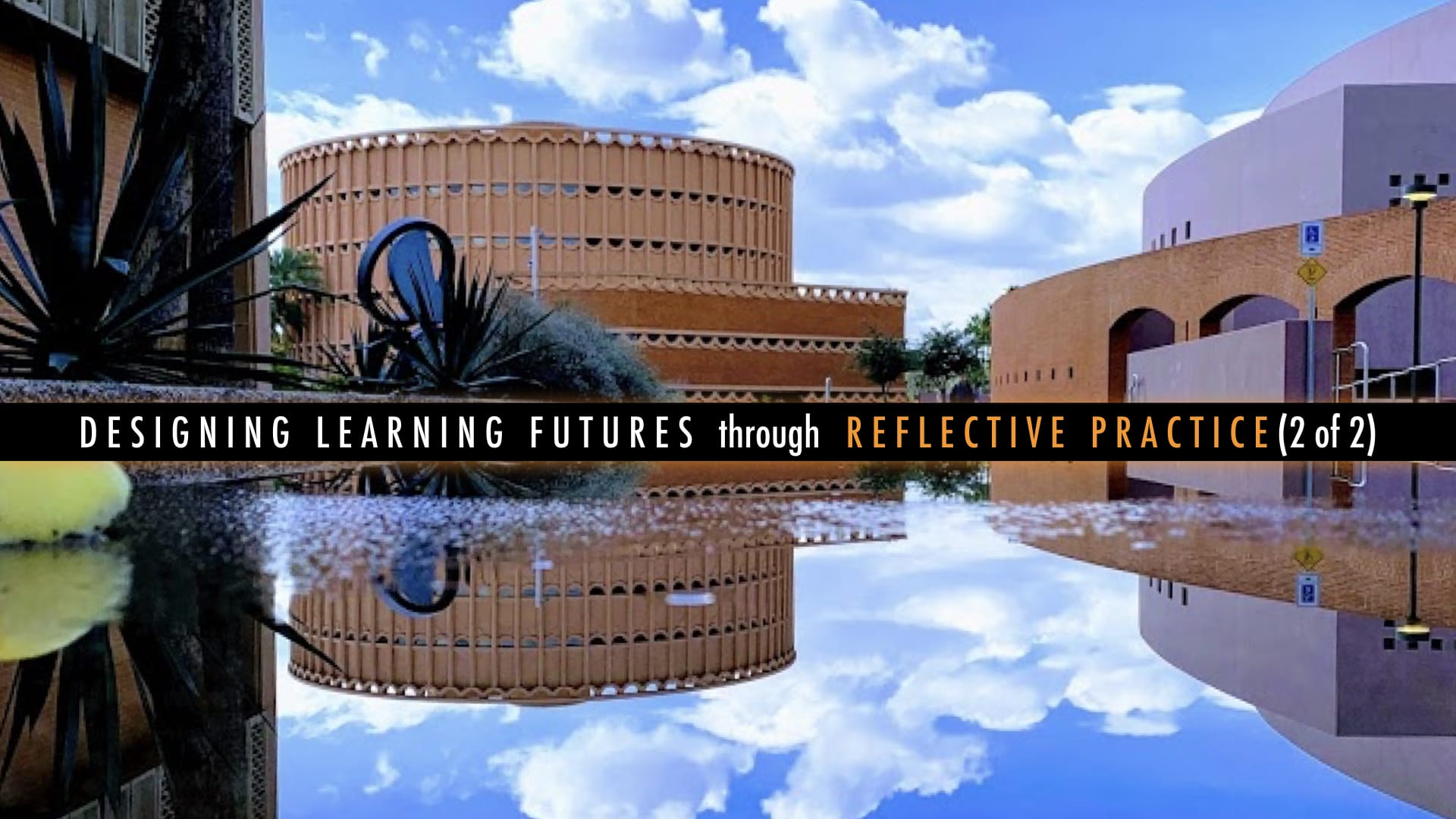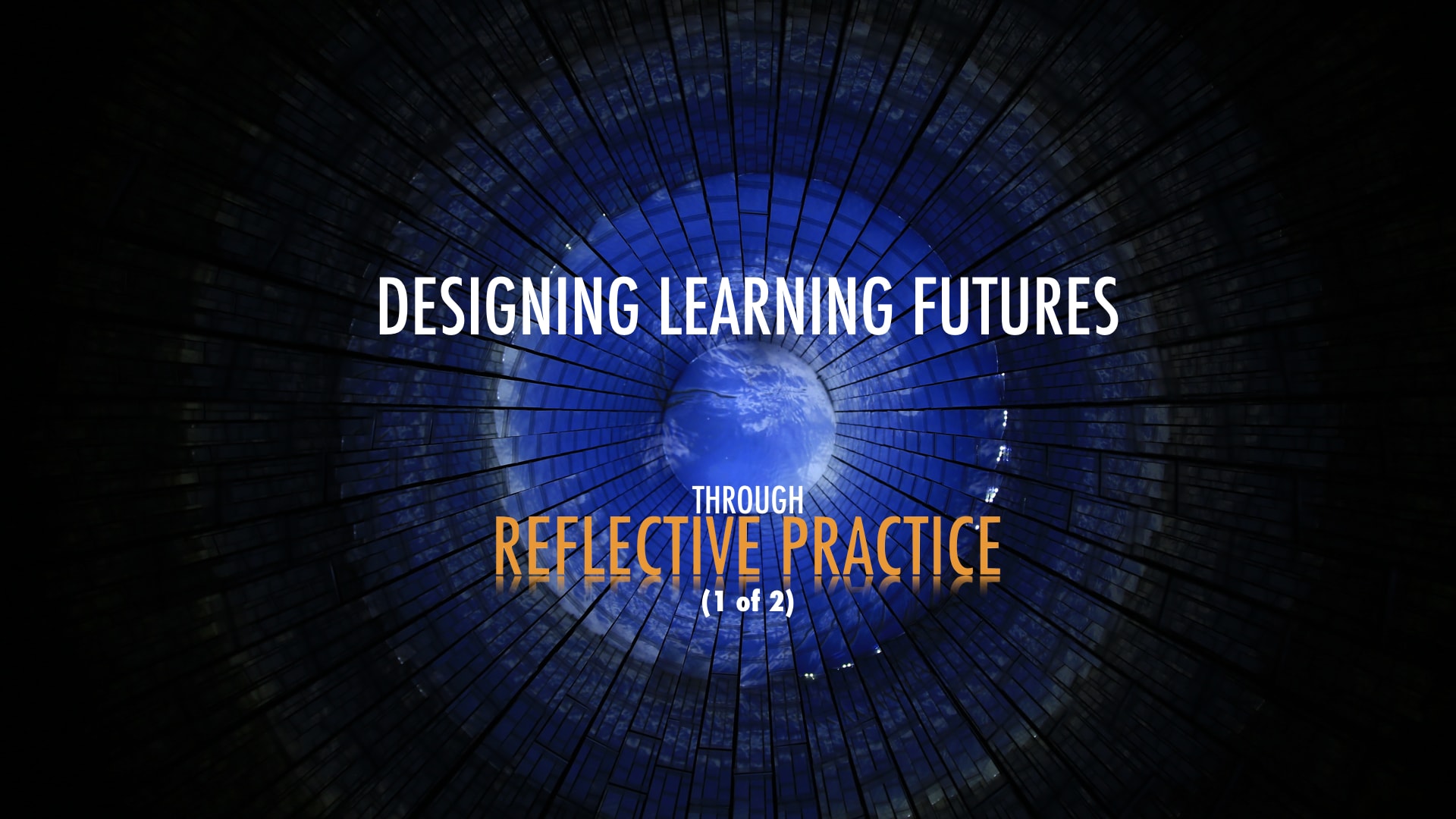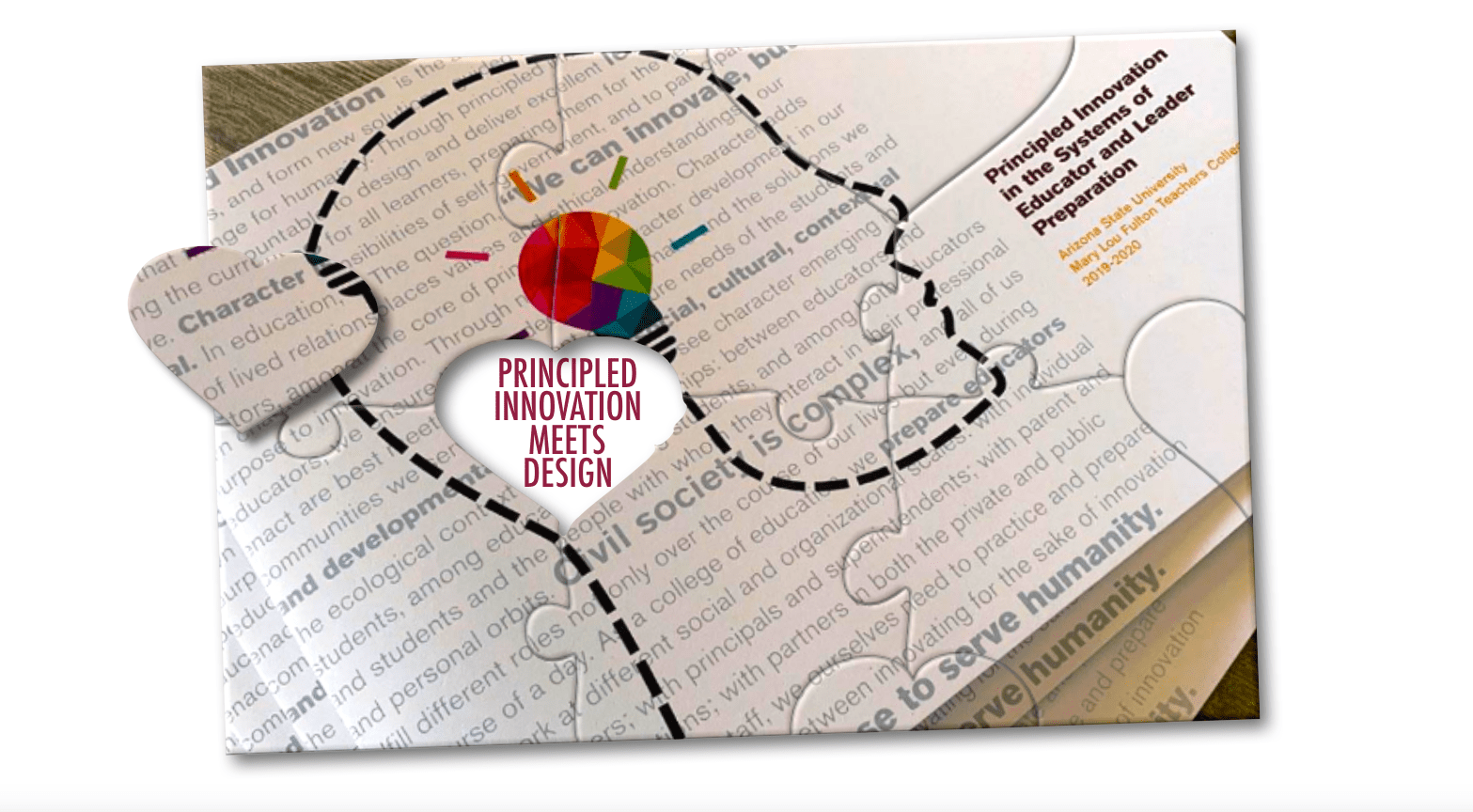ASU recently hosted, what is known as, the world's largest scientific gathering, the annual conference of the American Association of the Advancement of Science. As as part of this conference I was invited, along with Ariel Anbar and Trina Davis, to talk about our...
Fishing for problems: Podcast interview
I was recently interviewed by Matt Schneidman (Curator, Creator, Podcast Host) for his Fishing for Problems podcast. Matt also publishes an ed-focused newsletter. Our discussion was broadly framed around educational technology and the TPACK framework - but...
Tipping point for online learning: The interview
I had written a blog post towards the beginning of the pandemic (Tipping point for online learning, OR the postman always rings twice). In this piece, I built on something Neil Postman had written back in 1998 to try and better understand the current context....
Educational Change by Design: A school for the future
How do we design a school for the future? This recent article seeks to capture (in the form of a case study) our recent experience in designing such a school. The design process was a collaborative process involving a partnership with a local school district and the...
Learning futures: Designing the horizon
I was recently invited (along with Sean Leahy and Jodie Donner) to present at the Winter Games, Digital Immersive Experience organized by ShapingEDU at Arizona State University. Our talk was titled Learning Futures: Designing the Horizon. We described our session as...
China, Australia, Nepal & Australia: A zoom tour
Over the past couple of months I have been asked to give presentations at a variety of different conferences or organizations spread across the world. They are archived below. I was invited to give a talk as part of the Dean's Lecture Series at the School of...
Designing the futures of STEM education
“What knowledge is of most worth?” is a question asked over a 100 years ago by the English philosopher, Herbert Spencer. His unequivocal answer was—science. This question (and his answer) resonates even today, though the context within which it is asked, and how we...
Teenagers, retirement & the new abnormal
The economist and thinker Andrew Scott once said something that blew me away. He said that: The 20th century created the idea of teenagers and retirement. I had never considered that the idea of teenagers and retirement was a 20th century idea. These seemed to...
A Silver Lining side conversation with S. Giridhar:
S. Giridhar (Giri), Chief Operating Officer of Azim Premji University (APU) and I had a chance to chat for a Silver Lining for Learning side conversation. Giri is a good friend and we connect at multiple levels. We both went to the same undergraduate institution (BITS...
Us in Flux: A conversation with Sarah Pinsker
The Center for Science and the Imagination at ASU has a new series called Us in Flux. Every two weeks they publish a (super-short) short story that explores "themes of community, collaboration, and collective imagination in response to transformative events." They...
From being to becoming: Keynote by Shawn Loescher
It is rarely that I hear a talk that blows me away. We have all seen the TED talks, and their mutant offspring. The over-hyped music and catchy taglines; the speaker in front of a rapt audience; the crafted delivery with its carefully punctuated pauses and reveals,...
Measuring what matters: A convening
All of us involved in social design (and I include education in among those as well) ask ourselves, or are asked this question: How do we measure the impact of the work we do? This begs the question, why measure in the first place? Lord Kelvin, one of the greatest...
Facilitating collaborative design: New publication
Essential tensions in design. Image designed by Punya Mishra Design facilitators play an important role in the open-ended collaborative design process. This becomes even more important as design based approaches expand to groups and teams that may not be as familiar...
COVID19 & Education
The COVID19 crisis has disrupted education globally at an unprecedented scale. In some ways, we are living through the largest educational social experiment in history! Over the past year I have been involved in a range of initiatives, discussions, interviews, and...
The value of school: Part 2
Note: This is the second of two posts on the value of school by Kevin Close and Punya Mishra. Read the first post: What value do schools bring? Revisiting Accountability In the previous post we argued that schools play a varied and rich role in the economic, social,...
The value of school: Part 1
Note: This is the first of two posts on the value of school by Punya Mishra & Kevin Close. Read the second post: Revisiting Accountability. What value do schools bring? The accepted assumption is that schools are sites for learning and the role of educators to...
Beware of science envy in designing learning
Mike Crowley has a guest post on the silverlingingforlearning.org site titled: If we need to be right before we move. (If you haven’t read it, I recommend it strongly. Go ahead follow the link above. I’ll be waiting). [Pause] Welcome back. I think Mike makes some...
Corona virus: Silver lining? For learning?
A week or so ago, Yong Zhao reached out to Chris Dede, Curt Bonk, Scott McLeod and me with the question: What would happen to our global and local educational systems, if the Corona virus outbreak lasted for a year? We met a week ago (via zoom, what else) to discuss...
Designing learning futures through reflective practice: 2 of 2
This is the second of two posts on the topic of bringing principled innovation practices to designing learning futures. In this post (by Cristy Guleserian & Punya Mishra) we dive deeper into how these practices of PI connect with our model of design. In particular...
Designing learning futures through reflective practice: 1 of 2
This is the first of two posts on the topic of bringing principled innovation practices to designing learning futures. The first post (co-authored by Punya Mishra & Cristy Guleserian) focuses on the need for designing learning futures, and how the PI practices...
Principled Innovation meets Design: 1 new model and 2 videos
Our college has embraced the idea of Principled Innovation as being a core value that informs everything we do. (More on this in this post by Cristy Guleserian and in the PI framework document). Defining Principled Innovation: Design by Punya Mishra At the heart of...
Human-Centered values in a disruptive world
I have seen the power of the market… But when it becomes the only language, when it becomes the only way of thinking about the right thing to do, it leaves us with a very impoverished sense of how to live together -- Giriharadas, 2018 Over the past few years I have...

